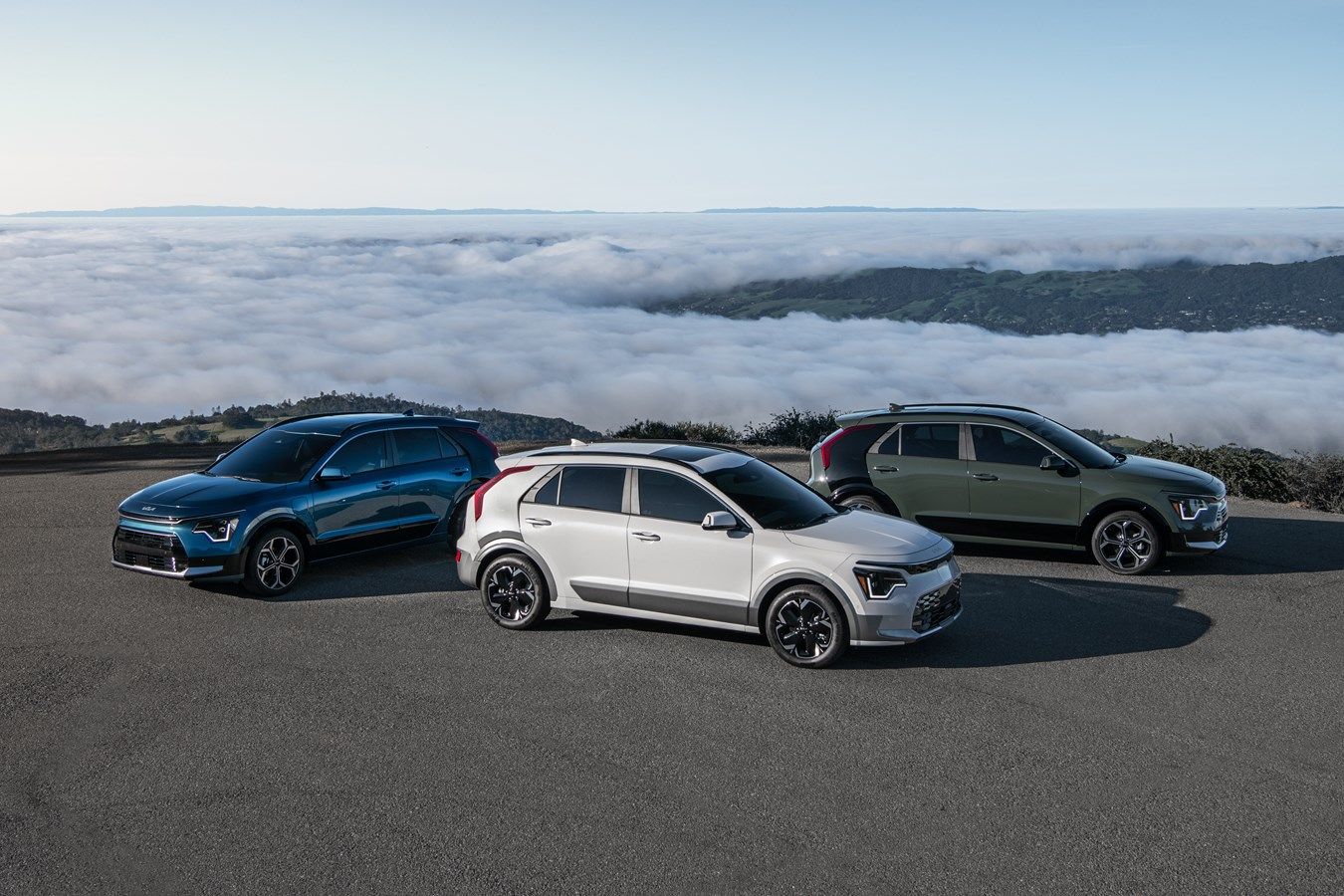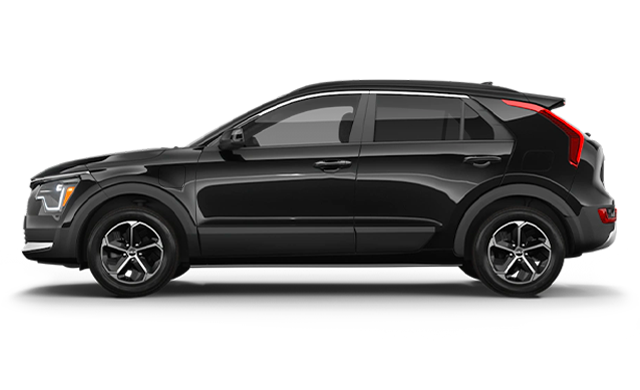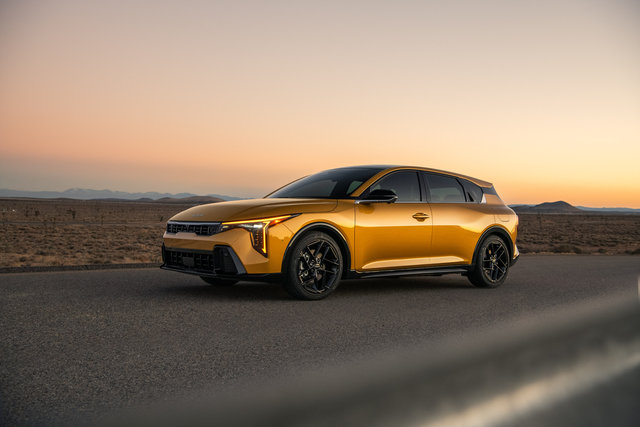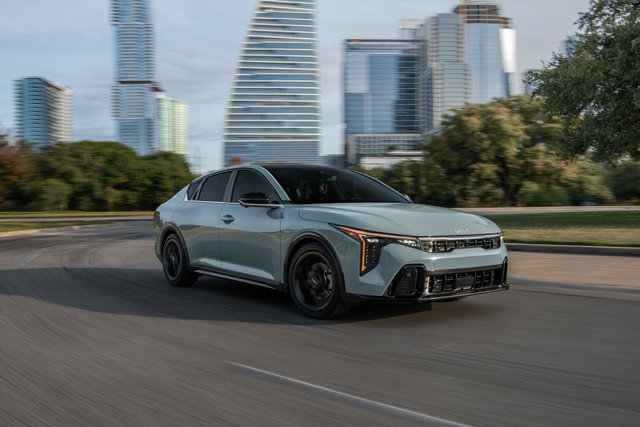The 2025 Kia Niro lineup offers hybrid, plug-in hybrid, and full electric powertrains in a single compact crossover platform. For Owen Sound drivers, the right choice depends on your driving patterns, charging access, and budget priorities.
All three Niro variants share the same body structure and interior design. Cargo capacity with rear seats folded is consistent at 1,805 litres, while rear-seats-up space is 646 litres for HEV and EV, and 550 litres for the PHEV. Your choice isn't about size or features—it's purely about which powertrain aligns with your daily driving needs.
Niro HEV: The No-Compromise Hybrid
The Niro HEV pairs a 1.6-litre GDI four-cylinder engine (104 hp) with an electric motor (43 hp) for 139 horsepower combined and 195 lb-ft of torque. A 1.32 kWh battery stores energy from regenerative braking. The system switches seamlessly between electric-only, gasoline, or combined power—you never plug it in or worry about range.
Fuel economy reaches 4.4 L/100 km combined (LX, EX, EX Premium), with the SX at 4.8 L/100 km. The 42-litre tank provides approximately 950 kilometres of range—enough to drive from Owen Sound to Toronto and back twice without refueling.
The Niro HEV suits drivers who lack home charging access, take frequent long-distance trips, want simplicity, and prioritize fuel savings without lifestyle changes.
Niro PHEV: The Best-of-Both-Worlds Option
The Niro PHEV uses the same 1.6-litre engine with a more powerful electric motor for 180 horsepower combined. The 11.1 kWh battery provides up to 53 kilometres of all-electric range. Once depleted, it operates as a hybrid achieving 4.8 L/100 km gasoline-only.
Charging takes 11 hours, 10 minutes on 120V household power, or 2 hours on a Level 2, 240V charger. Combined electric and gasoline efficiency reaches 2.1 Le/100 km, with total estimated range of approximately 835 km.
The PHEV suits drivers with round-trip commutes under 50 km who have Level 2 home charging access. A small business owner living in Owen Sound and operating a shop in Meaford (50 km round trip) could complete daily driving entirely on electric power, using gasoline only for weekend trips.
Niro EV: The Zero-Emissions Choice
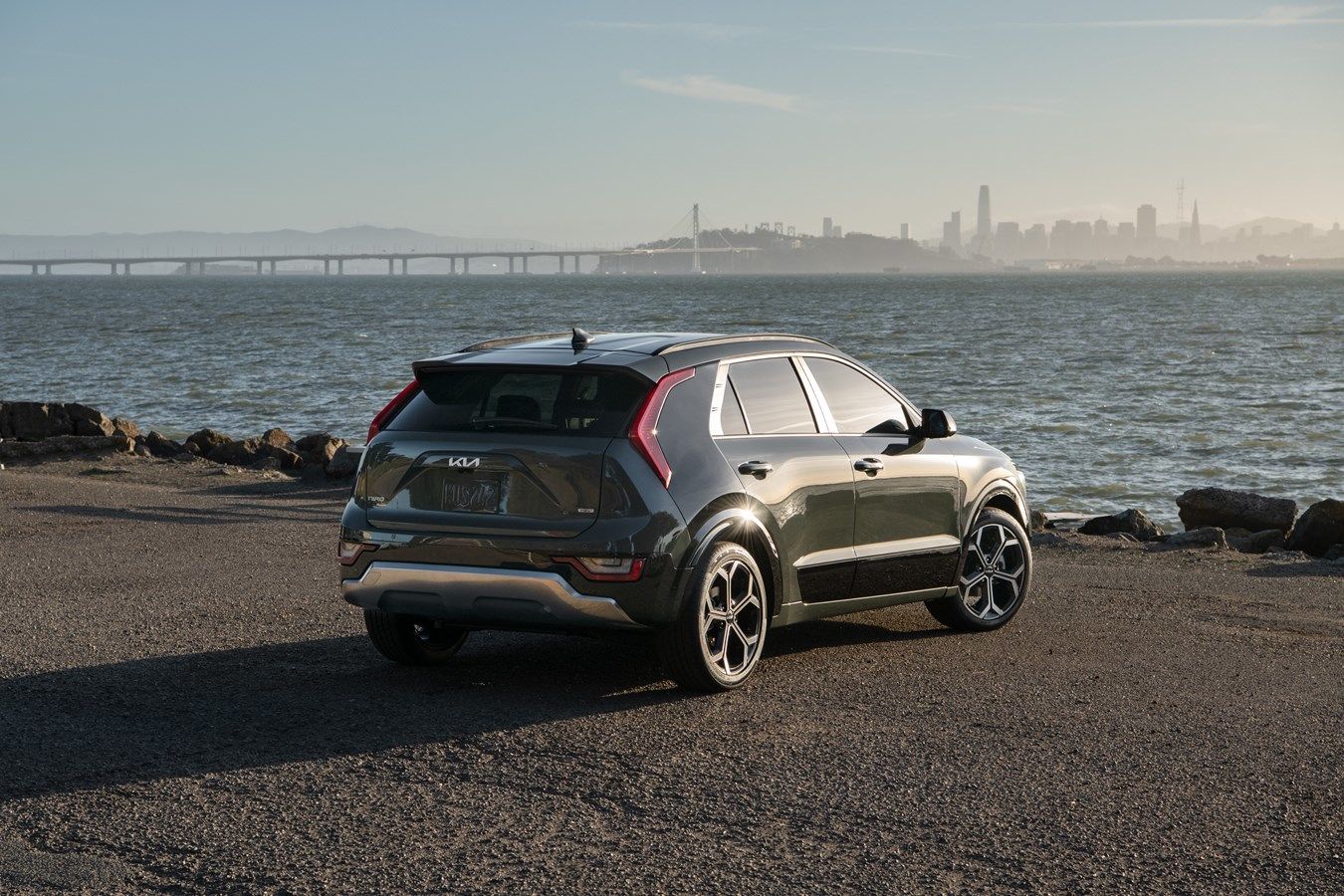
The Niro EV uses a 64.8 kWh battery with a 201 horsepower electric motor. Estimated range reaches 407 km. Level 2 home charging takes 6 hours, 5 minutes (10% to 100%), while DC fast charging reaches 80% in 43 minutes.
Energy consumption rates at 2.1 Le/100 km. The Niro EV includes Vehicle-to-Load (V2L) capability, turning the vehicle into a mobile 120V AC power source for tailgating, job sites, or emergency backup power.
The Niro EV suits drivers with reliable Level 2 home charging, predictable daily routes under 150 km round-trip, and comfort with DC fast charging for occasional longer trips.
Key Comparison
|
Feature
|
Niro HEV
|
Niro PHEV
|
Niro EV
|
|
Power
|
139 hp
|
180 hp
|
201 hp
|
|
Fuel Economy
|
4.4 L/100 km
|
2.1 Le/100 km
|
2.1 Le/100 km
|
|
Electric Range
|
N/A
|
Up to 53 km
|
407 km
|
|
Total Range
|
~950 km
|
~835 km
|
407 km
|
|
Charging Required?
|
No
|
Yes
|
Yes (essential)
|
|
Cargo (Seats Folded)
|
1,805 L
|
1,546 L
|
1,805 L
|
Cost Considerations
Assuming 20,000 km annually and Ontario rates (~$0.12/kWh electricity, ~$1.50/L gas), the Niro HEV would cost approximately $1,320 annually in fuel. The PHEV, charged regularly with 70% electric driving, would cost $735 total ($525 gas + ~$210 electricity). The Niro EV uses zero gasoline, costing around $504 annually in electricity.
The Niro HEV requires no charging equipment. Both PHEV and EV benefit from Level 2 charger installation, typically $500 to $2,000. For Owen Sound homeowners with older electrical panels, Kia Canada's partnership with Variablegrid offers AI-powered Energy Management Systems that allow Level 2 charging without expensive panel upgrades.
Making Your Decision
Choose the Niro HEV if you want maximum fuel efficiency without charging infrastructure, frequently take long trips, or lack home charging access. Choose the PHEV if your daily commute is under 50 km, you have Level 2 home charging, and you want electric driving with unlimited range flexibility. Choose the EV if you have reliable home charging, daily driving rarely exceeds 150 km, and you want zero emissions with the lowest operating costs.
Visit Owen Sound Kia in Owen Sound to experience the Niro family and determine which powertrain fits your lifestyle across Grey County and beyond.
To learn more about the 2026 Kia Niro lineup, visit Kia.ca



